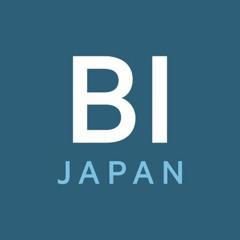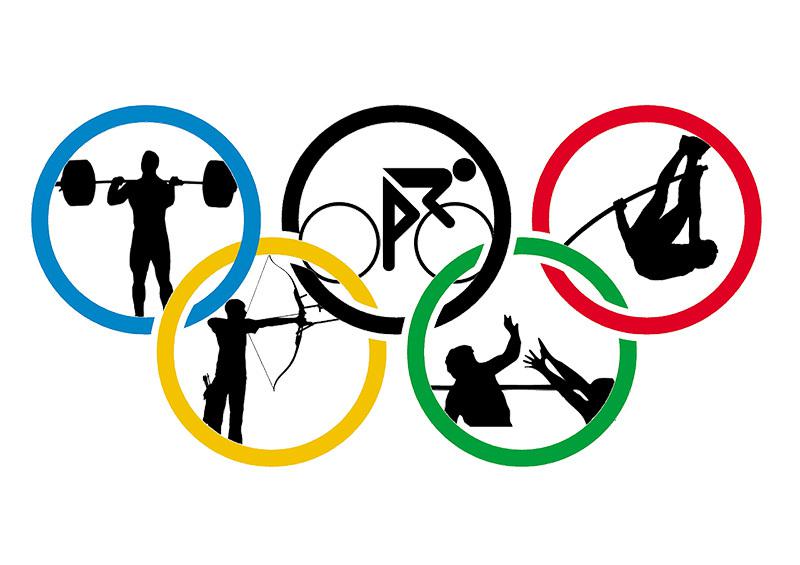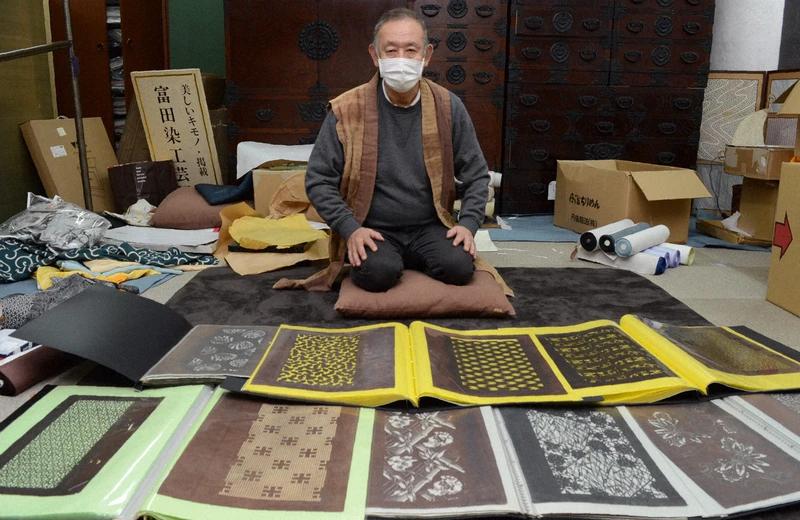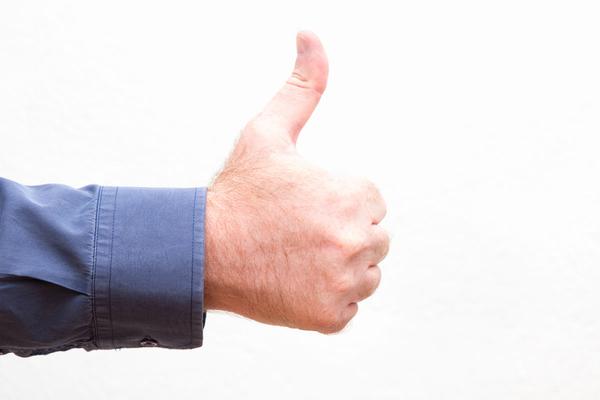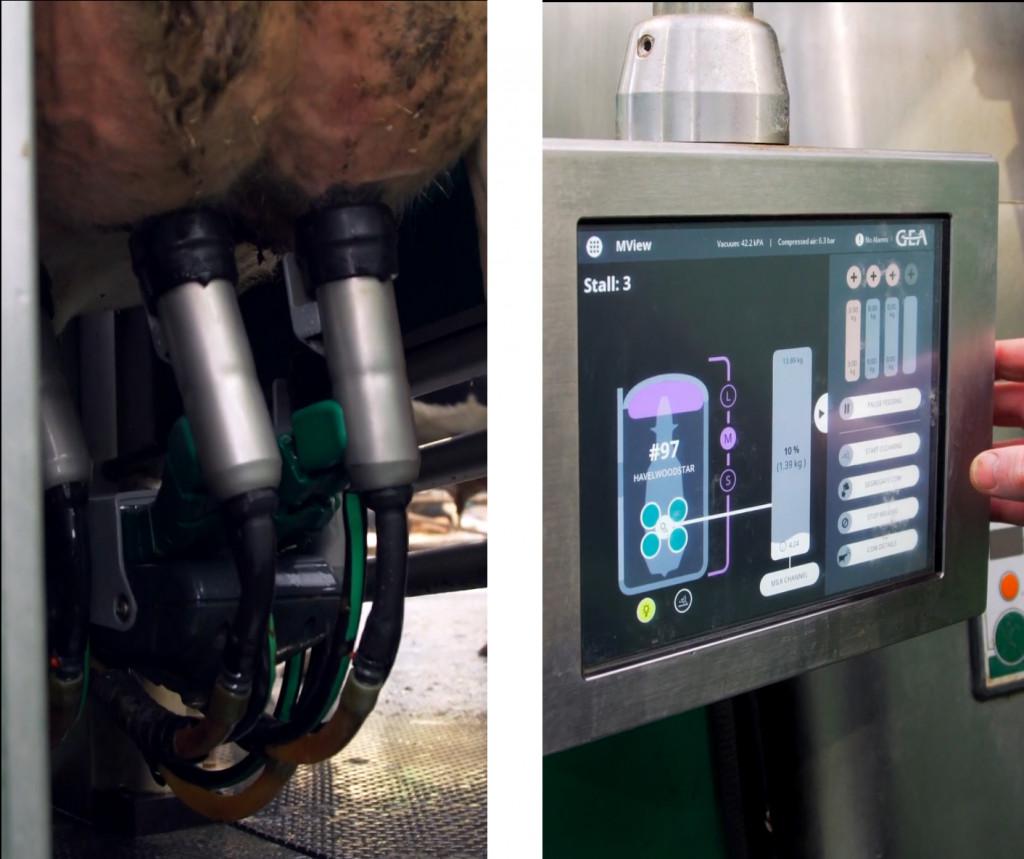Many local governments have resource recovery recycling centers. However, the recycling facility in Almere, east of Amsterdam, the Netherlands, is called the "Upcycling Center".
As a circular economy hub, this place connects residents and resources. Furthermore, the entrepreneurs who move into this upcycling center run their businesses by utilizing the resources collected from the residents. What role does this place play in promoting the circular economy of Almere? We interviewed Hede Razoky, who is in charge of business collaboration and entrepreneur support at the Almere City Upcycling Center.
Almere, a new city aiming for a circular economy
The city of Almere was established in 1984 and is one of the newest cities in the Netherlands. It is located about 30 kilometers east of the center of Amsterdam, about 30 minutes by car, and has helped with easy access to Amsterdam and relatively affordable living expenses, and now it is a city with about 210,000 inhabitants. growth.
How and why was this upcycling center built in this place?
Young and new city Almere / Image via Visit Almere
Hede: The Almere Upcycling Center opened in 2018. However, in fact, it wasn't until 2012 that we started to formulate the concept of this place.
We are now in the region of Almere Halfn, the oldest region of the city of Almere. Immediately behind this was the old recycling facility of the former city. The equipment had deteriorated and had to be rebuilt, and since it was the path of the highway that was just planned for construction at the time, it had to be moved to its current location.
In 2022, it was decided that the world gardening expo called "Floriade", which will be held once every 10 years in the Netherlands, will be held on the vast site of the city of Almere, just behind the center. This time, the seventh time, we will focus on green innovation for creating a more enjoyable and comfortable city to live in, with the theme of "Growing Green Cities". It would be great if we could showcase a whole new recycling platform at the event, in terms of communicating Almere's efforts to the world. "
Circular Economy Goals in the City of Almere
Since 2017, the city of Almere has made circular economy and energy transition one of the pillars of its strategy. In line with the Dutch Circular Economy National Strategy, Armele has set the goal of halving the raw materials used by 2030 and transitioning to a complete circular economy by 2050.
Various activities are already underway in the city. "Raw Materials Collective Almere" aiming to establish a waste recycling process in the city, "Groen & Gezond Almere" aiming for a green and healthy city and promoting joint cooperation between the public and private sectors, and a cyclical economic transition as an economic stimulus measure To subsidize entrepreneurs who support activities for. These include “Growing Green Cities – Circular city”, which promotes businesses that utilize secondary resources, and “Almere gives energy”, which promotes the transition to renewable energy in the city.
Also, in October of last year, the city will be promoted to accelerate the transition to a circular economy, such as opening the "Praktijk en Innovatiecentrum Circulaire Economy (PRICE)". In addition, in cooperation with 9 advanced cities working on the circular economy in the Netherlands, 3 ministries and 3 knowledge partners, we will participate in the "Circular City" aiming to realize a complete transition to the circular economy in the Netherlands by 2050. ing. How does the city of Almere position this upcycling center for the transition to a circular economy?
Image via PRICE website
Hede: The Circular Economy is one of the four important pillars of the city, and this upcycling center is positioned as an important base for it. Almere is a very new city, with one identity being young and challenging, and very willing to experiment with innovation.
Upcycling centers are also circular in the building. It was constructed by reusing waste as a secondary resource, such as materials for dismantled pools. Furthermore, the modular design is adopted. We do not believe that this facility should be in the same place forever, and if 10 or 20 years later, the recycling platform is no longer needed at this place, it will be disassembled. I made it so that I could take it somewhere else and add similar or different features and restart it.
The exterior / photo of the upcycle center, where the trees cut down for high-speed construction were used as they are, was taken by the author.
Mr. Hede: Cement and steel are used by upcycling unnecessary things from old buildings, and wood is unavoidably cut down as it is in order to run at high speed in urban development. I am using it in the form. The wooden panels on the side of the building were taken over from the school and gymnasium, which were demolished around the same time as the start of construction. The kitchen tiles utilize the old benches that were installed at this location. Toilet tiles are from the swimming pool. Everything from the floor to the ceiling is upcycled.
"Waste is not garbage, but a resource for creating something new." This is a message to all who visit.
The value of the circular economy visualized by entrepreneurs
Hede: At Almere, when residents bring in waste, entrepreneurs use it to make great products. There is also an experience room inside the facility, so that residents, children, and all visitors can feel the structure of this facility and the efforts of entrepreneurs. Here, the Upcycling Center is a place to make the circular economy visible and touchable, in other words, by visiting this place, residents can see, touch, experience and experience the circular economy. You can feel it as an accompanying idea.

At the experience center in the upcycle center, anyone can experience the mechanism of the upcycle center / Image via Upcyclecentrum
Hede: People like us who are involved in the circular economy are always faced with that idea, but for many Dutch people the word "circular economy" is not at all familiar. At the beginning of the business, everyone didn't know what the upcycling center was, so they went all the way to recycling facilities in other parts of the city. This was bad, and we strengthened information dissemination, and finally everyone understood that this is a place to bring in resources that are no longer needed. It attracts a great deal of attention from both inside and outside Japan, and is visited by many inspection teams. Also from Canada and Asia.
Residents come here by car to unload resources they no longer need. Sort it into more than 50 types and collect it. The law stipulates 22 types of recycling facilities, which is more than double the number. Some recycling centers only handle white goods, but we accept and sort many types, from large PC screens to PCs. We will rank A, B, C according to wood, soft plastic, paper, chemical substances, metal, fashion, and ease of recycling. We are accepting different types of resources separately so that they can be easily used as new resources.
With the establishment of this upcycling center, the conventional resource disposal process has been renewed and reborn as a base that gives new life to waste. We are contributing to a circular economy where resources and waste are properly reused. Almeley has become a symbolic place to contribute to the goal of becoming a waste-free, energy-neutral city.
In addition, inside the building, resource-upcycling entrepreneurs make products using the materials brought in.
For example, in the days of Corona, a lot of fashion was brought in. This is because many people organize and dispose of clothes that they spend a lot of time at home and have no chance to wear. Fashion designer Laura Meyering, one of the entrepreneurs who live here, runs the brand "Unravelau" that creates beautiful fashion from these fashion resources.
Unravelau develops a zero waste collection. All products are produced after receiving an order, which is an on-demand production with no inventory and little waste / Image via website of Unravelau
Hede: In addition, the startup "3-Cycle" that moves in next to it upcycles old fitness bikes to make plastic grinders, which are used to grind the plastic that is brought to the upcycle center. Then, the crushed material is processed and upcycled into products such as cutting boards, knife handles, and medals. We also offer a series of processes from crushing plastic to processing into products as a workshop.
Crush plastic with your own hands (and feet) and process it into a product 3-Cycle / Image via 3-Cycle's Facebook page
Hede: And "Isolde de Ridder Jewelry" makes jewelry by taking out gold, silver, aluminum, etc. from the PCs and electronic devices brought in. She also uses a technique called Mokume-gane in Japan to create very nice and beautiful jewelry.
Isolde de Ridder Jewelry / Image via Upcycle centrum that takes precious metals out of discarded electronic devices and processes them into jewelry.
The law also needs to be updated
Hede: For the government, collaborating with these entrepreneurs has more attractive advantages than being able to make effective use of resources and make the circular economy known to the residents. Understanding how to utilize secondary resources and the legal systems that prevent them. While promoting the utilization of secondary resources together with Isolde de Ridder Jewelry, we encountered the problem of violating the Personal Information Protection Law. We also found that layers of various types of chemicals had to be successfully removed to extract the required metals. We local governments can identify these regulatory issues because entrepreneurs actually try to use them.
Furthermore, we will rely on the help of children and students to solve the problem. It is possible to connect people from different positions to work on solving one problem. You can learn from each other. It is impossible for one person or one organization to have all the solutions.
For children, this is a place to learn. How are resources being recovered and reused here? A glance at how this place is set up and how it works is easier to understand than any explanation. We offer different educational programs for children from elementary school to college, depending on their age. For example, in the manufacturing process of products, there is a problem that chemical substances are frequently used in a method that is difficult to recycle. In society, there is a need for people who can solve these problems.
Children who see this will be a great opportunity to think about what they want to learn in the future. By sharing the challenges we face, we become part of our story. It also tells us that resource recovery personnel wearing orange vests (which, of course, have a wonderful and important role in society) are not the only options for becoming part of the circular economy. For example, as a legal expert, changing the law to make it easier to reuse resources will also contribute to the transition to a circular economy. There are some laws that limit the use of waste. Here we can show that everyone in society has their own role.
The Upcycling Center is a learning place where children who will lead the future society can experience the circular economy / Image via Upcyclecentrum LinkedIn page
Hede: Currently, we want to expand our efforts by providing more resources to more businesses. But here too, the law is a barrier. Under the current law, if a certain amount of secondary resources is transferred to another organization, it will be treated as waste, so different permits will be required for handling and various restrictions will be imposed. ..
By having an entrepreneur set up an office and an atelier for production in the same facility, it can no longer be regarded as "giving waste to other institutions", so it is not subject to the restrictions of this law. is. On the other hand, we also provide the resources brought into this facility to entrepreneurs and businesses who are not in the center, but the law prevented us from increasing this amount. Currently, entrepreneurs who mainly handle handicrafts have moved in and succeeded in forming a partnership, but they could not expand their collaboration with external companies that handle large-scale waste such as cement.
This is finally changing recently.
The city has allowed pilots on the premise that this upcycling center is the hub of the circular economy. Labeling "waste" limits subsequent handling, so we can recycle secondary resources before they are labeled "waste". It is an experiment with the approach of. While interacting with the city, entrepreneurs and businesses, we are verifying how we can return secondary resources to society.
Of course, the law is set for important reasons such as the safety of citizens, so ensuring safety is a prerequisite and one of the most important conditions for the local government to grant permission. The restrictions of this law are also an issue for other local governments, and we believe that this demonstration project in the city of Almere will bring meaningful results to other local governments as well.
Image via Upcyclecentrum
Editor's Note
Hede's smile, which he said "I think my job is the best in the world" after the interview and chatting, is full of confidence, feeling and hope that society will surely change in this place. Was there.
In addition to launching a recycling platform as an upcycling center to establish and promote the secondary recycling and recycling of waste, by collaborating with entrepreneurs, waste will be reborn as a stylish product in front of the residents. The upcycling center of the city of Armele, which provides a place to witness in a moment. While aiming to be a green and healthy city that circulates, we admit that we do not understand what we do not understand, and by seeking the strength of the residents and related companies, we will build trust between the government, the private sector, and the residents, and steadily step by step in the dialogue. We often learn from our attitude toward a circular economy. * This article is reprinted from "Circular Economy Hub" operated by Harch Co., Ltd.
Tagged with: Environment, Startups, Europe, Social Good, Circular Economy, Recycling, Waste Reduction, Upcycle, SDGs (Sustainable Development Goals), Society, Waste Reduction x Circular Economy, Netherlands, Waste Reduction x Upcycle , Social entrepreneur, entrepreneur
